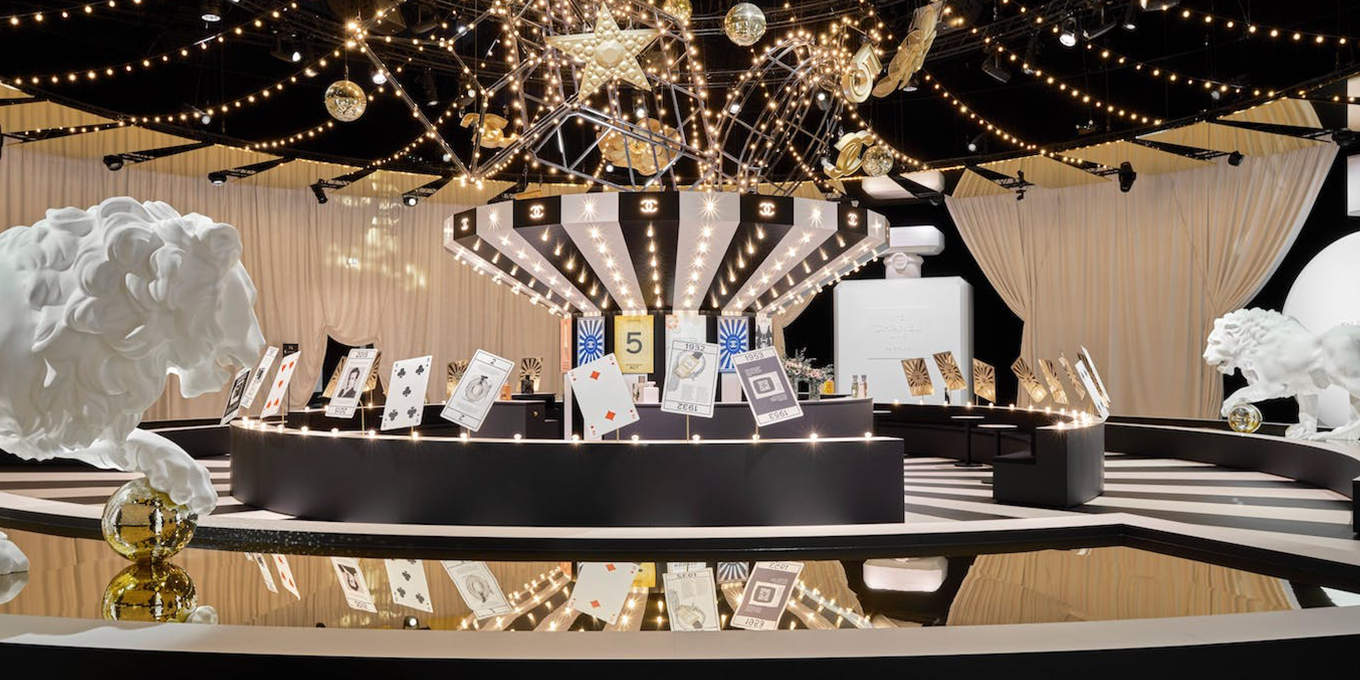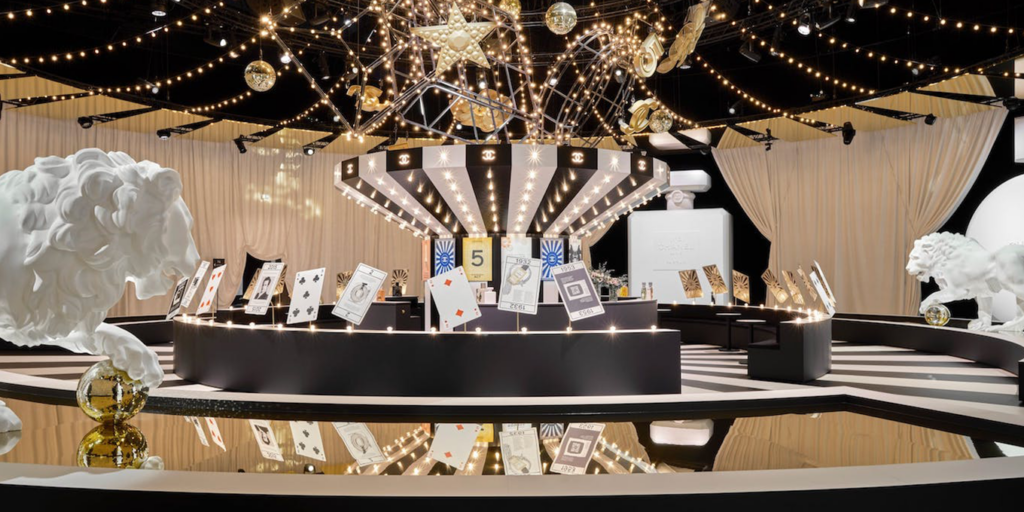This post is also available in: FR

The events industry is constantly evolving, and one of the most striking trends in recent years is the immersive experience. For both corporate and consumer events, companies are looking to captivate their audiences with interactive and engaging formats.
Participants no longer want to be mere spectators, but full players in the event. How are immersive technologies transforming events? What are the advantages and limitations of this approach?
What is an immersive experience?
An immersive experience is an event approach in which participants are immersed in an interactive environment that stimulates several of their senses.
- Immersive technologies: virtual reality (VR) allows participants to be transported into a digital universe, while augmented reality (AR) superimposes virtual elements on the real world.
- Interactive storytelling: instead of passively presenting information, organisers design engaging scenarios that place participants at the centre of the experience.
- The use of 3D mapping and holograms: these technologies can create striking visual effects and modify a physical space in real time.
Why adopt an immersive approach?
The immersive experience offers a number of advantages for organisers and participants.
- Strong commitment: total immersion captures the audience’s attention and helps them remember the message.
- Market differentiation: companies that incorporate these new technologies position themselves as innovators.
- Greater interaction: immersive experiences enable participants to interact with the content and with each other in a more engaging way.
- Greater personalisation: thanks to artificial intelligence and real-time data, immersive experiences can be tailored to the preferences of each participant.
Examples of successful immersive experiences
Many brands and organisations have successfully set up immersive events. For example, some companies use virtual reality to allow customers to test their products in a simulated environment before making a purchase. Similarly, festivals and concerts incorporate holograms and 3D mapping to create a spectacular atmosphere.
Art exhibitions are also adopting immersive technologies. The Atelier des Lumières in Paris, for example, offers interactive digital exhibitions that project moving works of art onto the walls and floor, creating total immersion for visitors.
In the field of sport and entertainment, events such as the FIFA World Cup and the Olympic Games are experimenting with augmented reality to offer spectators real-time analysis on their mobile screens or via VR headsets.
The limits and challenges of immersive experiences
Despite their many advantages, these events present certain challenges:
- The high cost of setting up: the technological equipment (VR headsets, interactive screens, 3D modelling software) requires significant investment.
- The need for a solid technological infrastructure: a stable internet connection and high-performance servers are essential to avoid interruptions.
- The learning curve for participants unfamiliar with these technologies: an intuitive user interface is essential to ensure rapid adoption.
- Confidentiality and data protection issues: immersive events often collect information on user behaviour, which raises concerns about cyber security.
Future trends in immersive events
The future of immersive experiences looks bright, with ever more innovative technological advances. Here are a few trends to keep an eye on:
- The integration of artificial intelligence: AI will make it possible to adapt experiences in real time according to participants’ reactions and preferences.
- The rise of the metaverse: more and more events are being organised in persistent virtual universes where participants can interact in the form of avatars.
- Improvements in haptic devices: haptic gloves and suits already enable people to feel textures and vibrations in digital environments, making the experience even more realistic.
Conclusion
The immersive experience is more than just a trend: it’s a revolution in the events sector. Companies that adopt this approach captivate their audiences and create unforgettable memories. To maximise impact, it’s crucial to choose the right technologies and ensure that the experience meets participants’ expectations.
By anticipating the challenges and exploiting the new opportunities offered by innovation, immersive events will continue to redefine the way we experience and participate in events.





